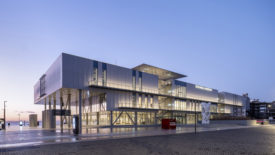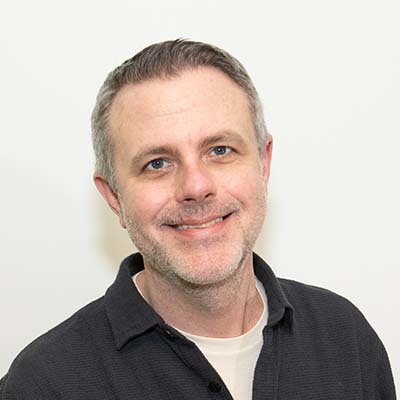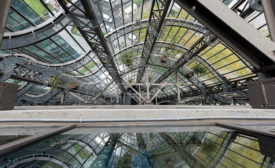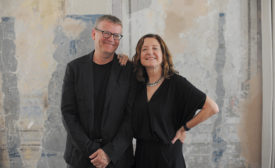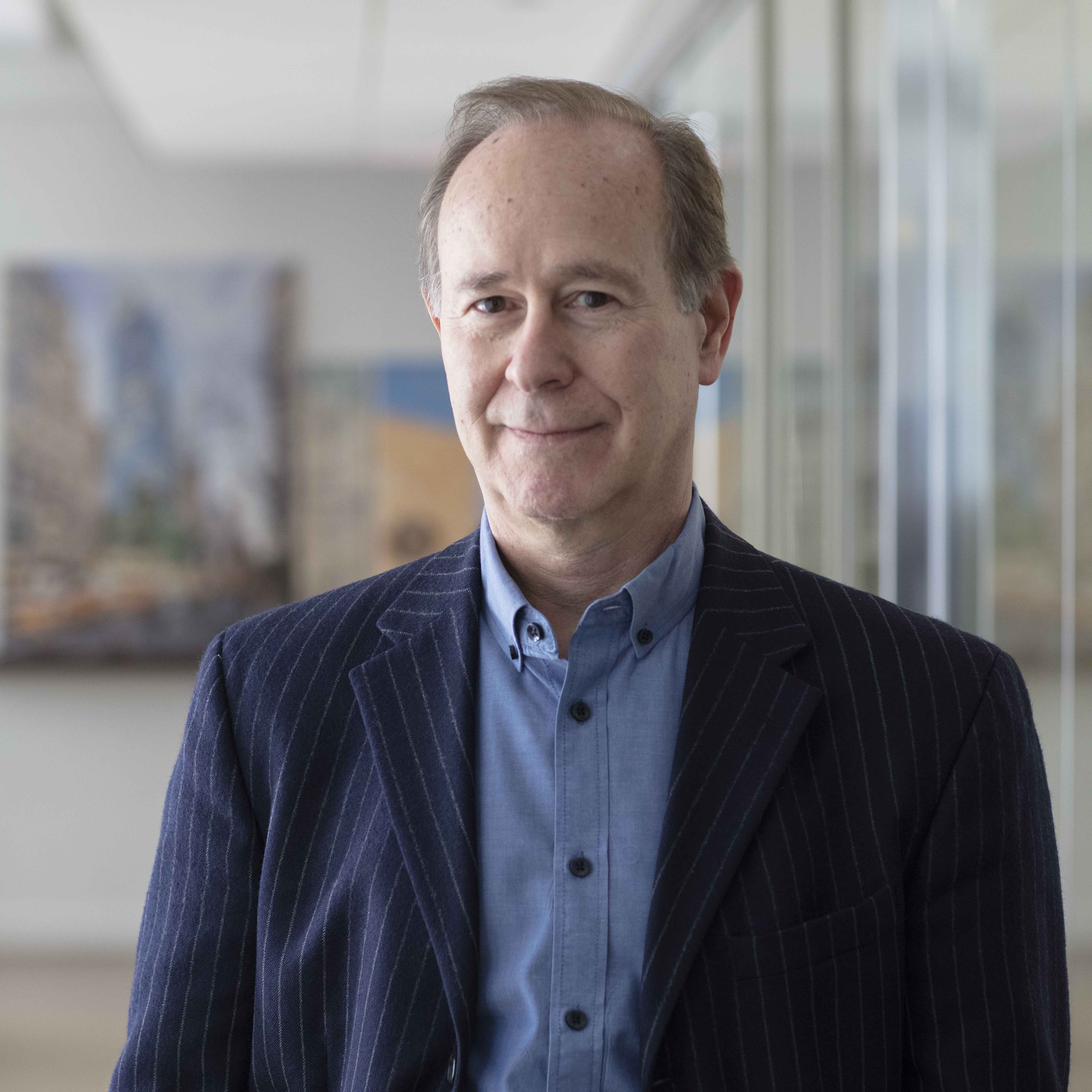Home » Keywords: » Istanbul
Items Tagged with 'Istanbul'
ARTICLES
Sancaklar Mosque
Call to Prayer: Using rugged materials and a modern design vocabulary, an architect creates a place of worship that connects the essence of Islam with contemporary life.
Read More
Making it work
Joshua Prince-Ramus discusses the challenges and opportunities of working abroad.
Read More
Vakko Fashion and Power Media Center
REX recycles an abandoned structure and an unrealized design to create an original headquarters for a fashion and media company in Turkey.
Read More
Copyright ©2024. All Rights Reserved BNP Media.
Design, CMS, Hosting & Web Development :: ePublishing
